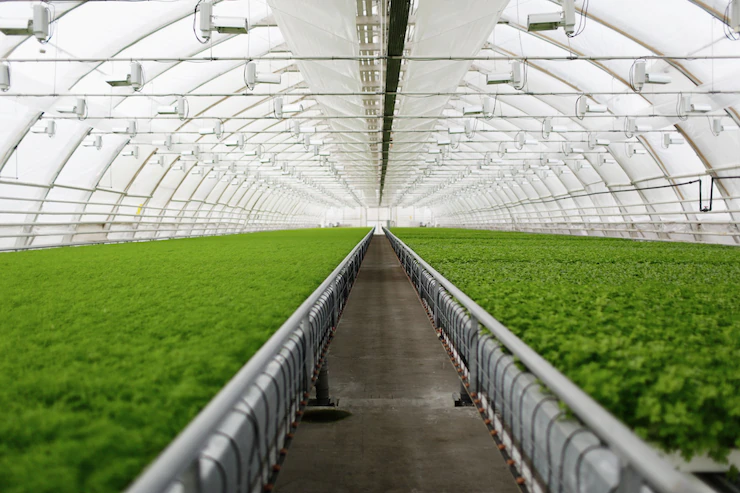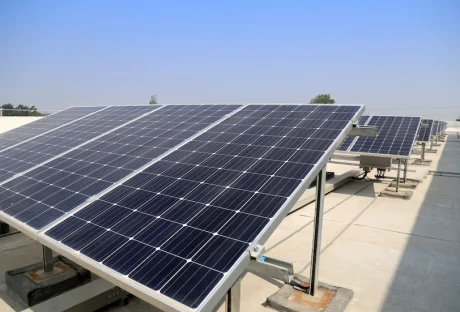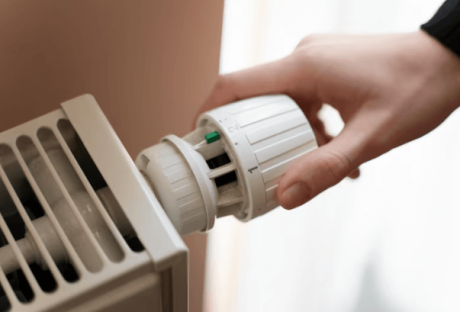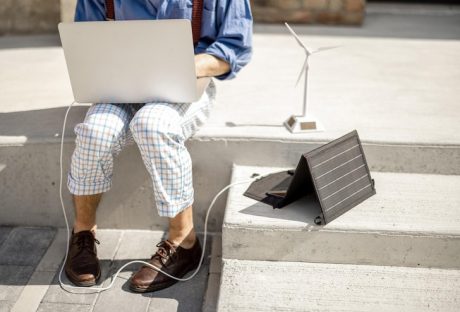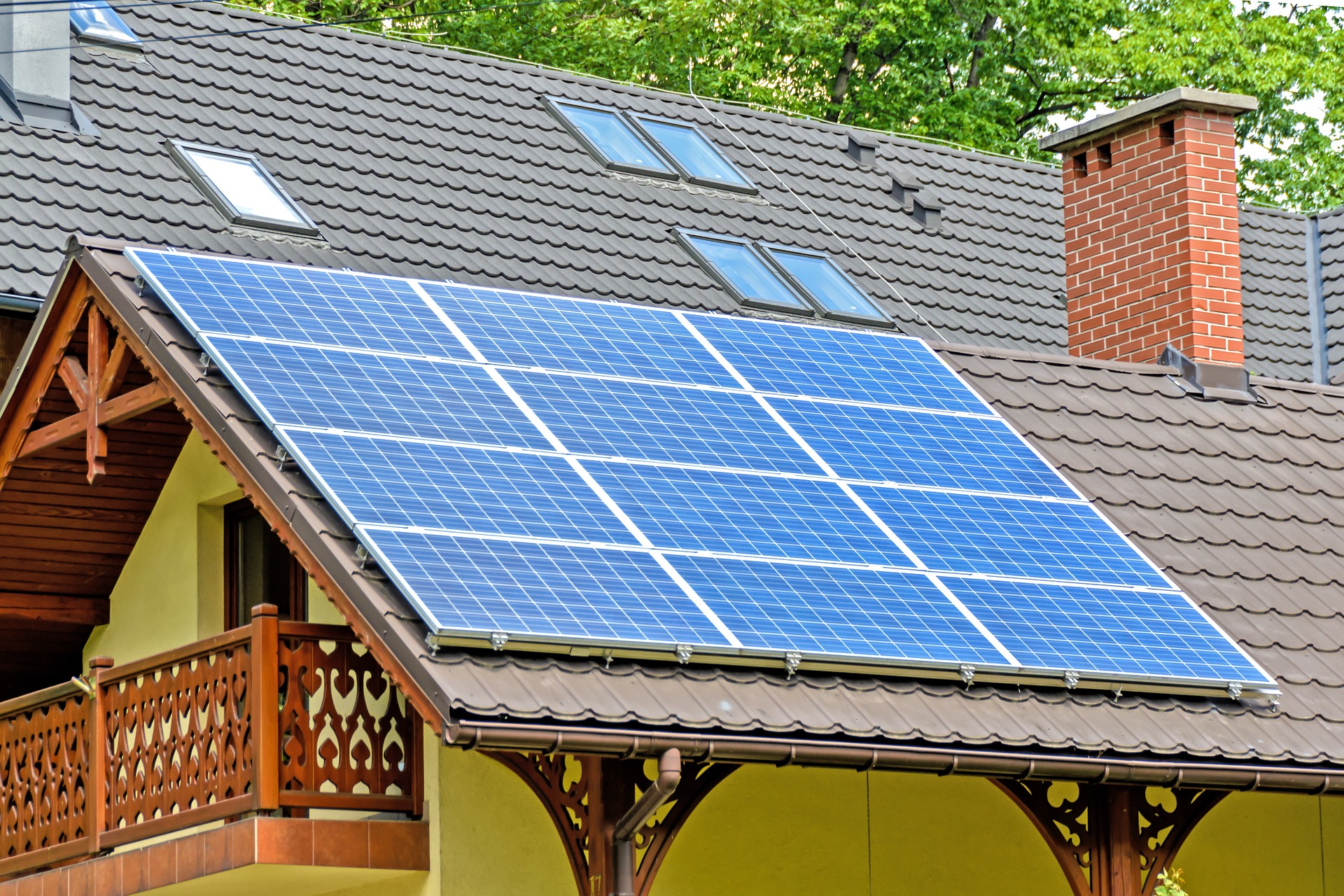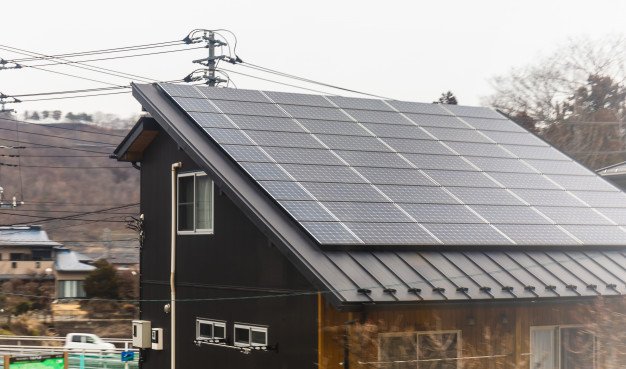If you decide to up your game in gardening by widening your space and growing more crops, plants, fruits, and veggies, it’s time to consider investing in a greenhouse. Nothing beats the convenience of harvesting organic ingredients and producing straight from your garden. Not only does this help you save money, but it also allows you to explore more variety of seedlings to grow.
Greenhouses are an excellent environment for fruits and vegetables to grow in their best state. Because of the safe enclosure, insects and external conditions cannot adversely affect their growth and condition. This safe haven ensures your plants’ nourishment to reap the best quality of produce later on.
However, before installing a greenhouse, you should acquire more knowledge and learn helpful techniques. Here is everything you need to know before installing a greenhouse.
Contents
Type Of Greenhouse Design
In order to buy or build a greenhouse, you first need to figure out how much-growing space you will need and what type of greenhouse design is best for you. You will have to continue using the same greenhouse for many years, so choose a size that will provide ample space for all the crops you wish to grow and care for. Opt for a reliable greenhouse company that includes installation services.
Purchasing With Installation Included
Some greenhouse specialists like Swgreenhouses.co.uk will include installation with your purchase, which means you don’t have to worry about installing it yourself in your own garden, which can save a lot of worries.
Upon choosing the company or provider, don’t forget to seek advice on what type of greenhouse would best fit your needs and preferences. Here are two types to consider:
Attached
A lean-to or attached greenhouse offers the advantage of not having to build all four walls. It can significantly reduce greenhouse construction or installation cost. Since the foundation is already within your house, the greenhouse will remain stable and sturdy. Many home gardeners choose this greenhouse option because it’s easier to construct and cost-effective. The ideal area in your home to install an attached greenhouse is to find a place with enough sunlight.
Freestanding
The other option you can choose is freestanding greenhouses. It is the best bet if you want to place your greenhouse in different locations within your home. While they may require a heftier initial investment, you can see how cost-effective they can be in the long run since you can grow more plants in them.
It also enhances your curb appeal as they become an extended sanctuary of your home. You can add decor or furniture and keep your greenhouse an additional space to entertain guests or spend time with the family. Because of their multiple purposes, freestanding greenhouses can be an excellent investment.
Consider The Plants You Want To Grow
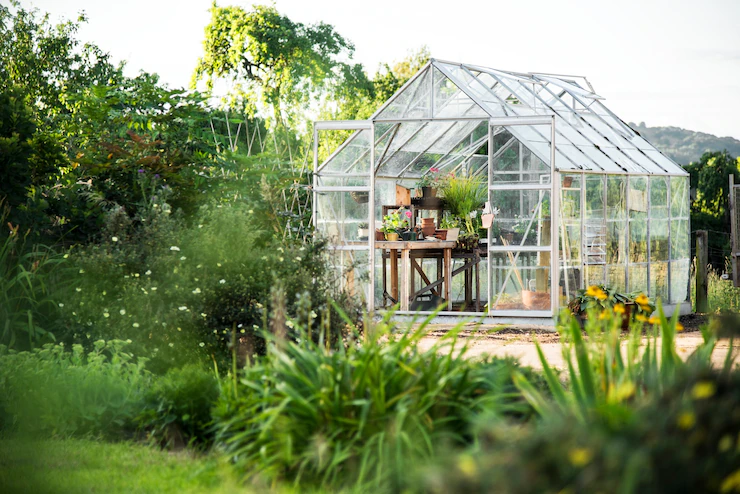
Another important step before constructing or installing your greenhouse is deciding the kind of plants you’ll grow. This will help you determine the requirements for growing them and guide you in designing the greenhouse. If you don’t know what kind of plants to grow in your greenhouse, you can’t properly plan the proper temperature or lighting.
To care for your plants and vegetables, you have to factor in their sunlight and water requirement, temperature, humidity, and other factors. Choose plants that are matched to how your greenhouse can supply these elements. Also, note that you’ll need to buy greenhouse tools, equipment, and accessories based on your chosen plants.
The good news is that you can grow any plant in your greenhouse. This is because the greenhouse’s main benefit is that you can control all these necessary elements to keep your plants strong and healthy. But you will need to decide what types of species grow well together and keep your greenhouse successful and effective.
Whether you’re thinking of growing spiky plants that can be used to decorate houses or fruits and veggies that can be grown organically, the key is to be familiar with several plant species and their corresponding care requirements. After all, you’ll be able to plan which plants can grow together if you have a broad understanding of the plants you’re growing.
Choose Your Location
Choosing your location is important when deciding to invest in a greenhouse. If your greenhouse is near your home, you can visit and monitor it more often. However, if it’s a bit far, you might not be able to care for it frequently. Make sure it’s strategically located somewhere you or your family can easily access.
When choosing the best location, the general rule is to select a place where the sun shines much longer and more often. Thoroughly study and assess your residence, and see where the sun rises and sets daily. Consider these factors when deciding where to install your greenhouse. Find an area where your greenhouse will have protection against strong winds and frost pockets in case these instances occur.
Light, Water, And Ventilation
Finally, you have to ensure that your greenhouse will have convenient power sources, water, and air ventilation. This will enable you to install lighting and water fixtures easily. Your greenhouse must meet some requirements regardless of style, size, or construction method. Consider the aspects below:
Electricity
You can control temperature easier when you install fans within the greenhouse. Wire the outlets safely and securely, and acquire all permits when installing a greenhouse. Aside from using a commercial power supply, you can consider installing solar-powered panels to generate electricity for the lights necessary in the greenhouse.
Air Ventilation
Air ventilation can be increased through the use of indoor greenhouse fans. They help alleviate extreme temperatures and climates. Airflow prevents warm air from rising, whereas cold air gathers below near the plants without airflow. Install fans or roof vents to promote more ventilation.
Water
Your greenhouse must have water access. Many greenhouses use garden hoses that are attached to a nearby resource. However, you can also go for automated sprinkler systems, which can be scheduled or turned on manually without having to go through all plants one by one.
Conclusion
Your greenhouse investment will ultimately depend on you. You can do it yourself or hire professionals to install them successfully in your home. However, it’s crucial to know the details and aspects mentioned above to make your greenhouse construction project a breeze.
Additional:













